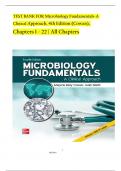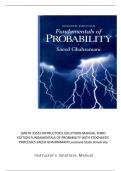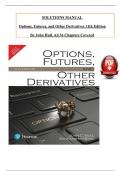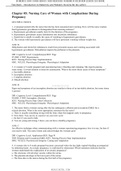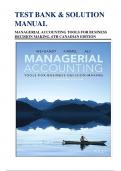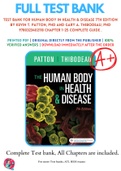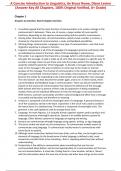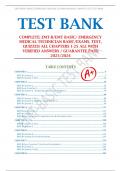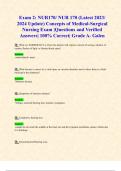Exam (elaborations)
TEST BANK For Microbiology Fundamentals A Clinical Approach, 4th Edition by Marjorie Kelly Cowan | Verified Chapters 1 - 22 Updated, Complete Newest Version
TEST BANK For Microbiology Fundamentals-A Clinical Approach, 4th Edition (Cowan) TEST BANK For Microbiology Fundamentals A Clinical Approach, 4th Edition by Marjorie Kelly Cowan | Verified Chapters 1 - 22 Updated, Complete Newest Version TEST BANK For Microbiology Fundamentals A Clinical Approach, ...
[Show more]
